Oral hygiene for toddlers can be a challenging yet essential task for parents. While brushing is crucial, gargling adds another layer of dental care that helps maintain fresh breath and prevent bacteria buildup. Toddlers need parental supervision while gargling to ensure safety and effectiveness.
Why Gargling Is Important for Toddlers
Gargling is a gentle and effective way to rinse the mouth and reduce bacterial accumulation in areas that are hard to reach with a toothbrush. It is particularly useful for toddlers who might struggle with brushing thoroughly. However, choosing the right type of gargle and introducing it safely is essential since toddlers are prone to swallowing liquids or mishandling oral hygiene tools.
Types of Gargles for Toddlers by Age
1. For Toddlers Aged 2-3 Years: Plain Water Gargles
At this age, toddlers are still developing coordination, making plain water gargles the safest option.
Tips & Tricks:
• Demonstrate gargling in a playful way to encourage imitation.
• Use small amounts of water to avoid accidental swallowing.
• Encourage a “spit it out” game to make it fun.
Do’s:
• Always supervise your toddler during gargling.
• Use lukewarm water for comfort.
Don’ts:
• Never use medicated or flavored gargles at this stage.
• Avoid forcing a toddler if they are hesitant; introduce it gradually.
2. For Toddlers Aged 3-5 Years: Saline Water Gargles
Once toddlers are a little older and understand the concept of spitting, saline water gargles can be introduced. These are particularly beneficial during sore throats or minor oral issues.
Tips & Tricks:
• Mix 1/4 teaspoon of salt in a glass of lukewarm water.
• Practice gargling with plain water first to build confidence.
Do’s:
• Explain the purpose of saline water in simple terms.
• Ensure the water is neither too hot nor too salty.
Don’ts:
• Avoid over-salting the water, as it may cause irritation.
• Never leave your child unsupervised during gargling.
3. For Toddlers Aged 5-6 Years: Kid-Friendly Fluoride-Free Gargles
By this age, many children can handle gentle, non-toxic, fluoride-free gargles designed for kids. These help in maintaining oral health and preventing cavities.
Tips & Tricks:
• Choose child-safe, alcohol-free gargles with mild flavors.
• Read labels carefully to ensure the product is fluoride-free and age-appropriate.
Do’s:
• Use a small, pre-measured cup for controlled usage.
• Encourage gargling after meals or sugary snacks.
Don’ts:
• Avoid strong-flavored or medicated mouthwashes.
• Ensure your child doesn’t swallow the gargle.
How to Introduce Gargling to Toddlers
1. Start Early: Begin with plain water and make it a part of their routine.
2. Demonstrate: Show them how to gargle by doing it yourself.
3. Practice Patience: Toddlers may take time to learn; offer encouragement.
4. Use Rewards: Praise their efforts and reward successful attempts to build positive habits.
Why Parental Supervision Is Crucial
• Safety: Toddlers might accidentally swallow the gargle, leading to choking or ingestion.
• Effectiveness: Proper supervision ensures they are performing the steps correctly.
• Building Confidence: Your guidance can make gargling a comfortable and routine habit.
Additional Tips for Oral Hygiene in Toddlers
• Use age-appropriate toothbrushes and toothpaste.
• Limit sugary snacks and encourage rinsing after meals.
• Introduce tongue cleaning with a soft tool only when the child is ready.
A Sweet Note for Parents
Dear parents, introducing gargles to your toddler might seem daunting at first, but with patience and love, it will become second nature for both of you. Remember, you’re doing an amazing job, and your effort will pay off in your child’s bright smile. Don’t worry; everything will be fine and you’ve got this!
Maintaining your toddler’s oral hygiene is a journey, and with the right tools and methods, you can make it a smooth and rewarding experience for your little one.
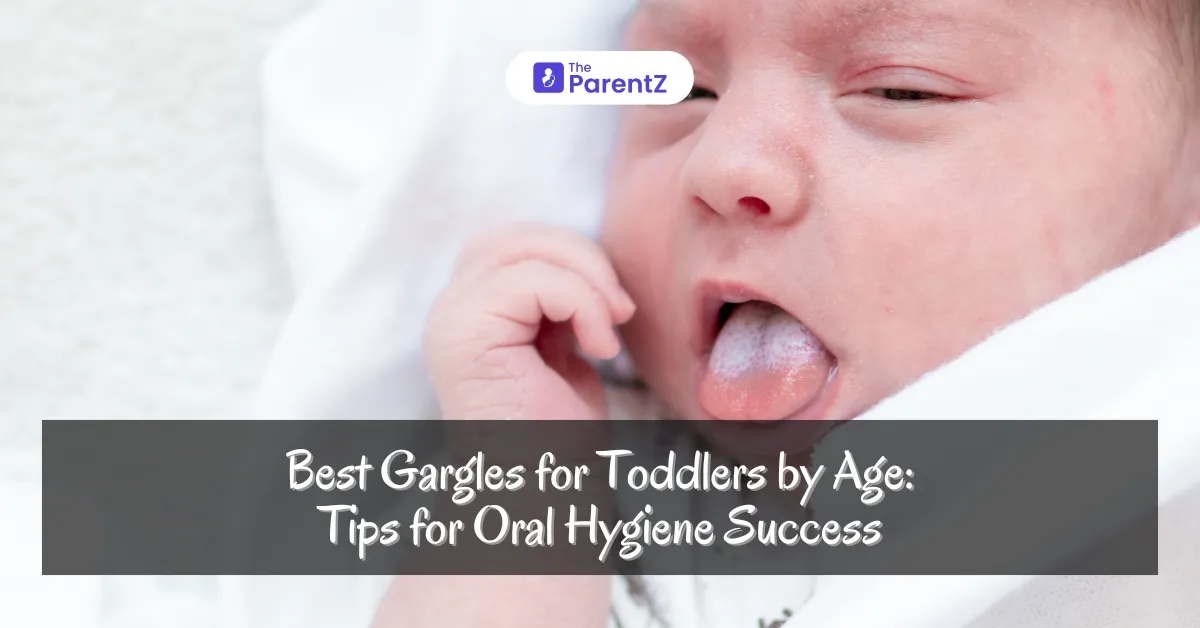

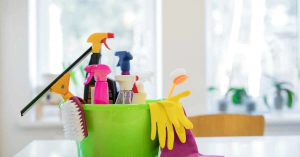
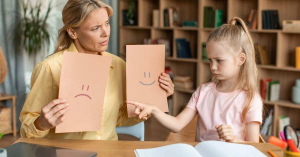

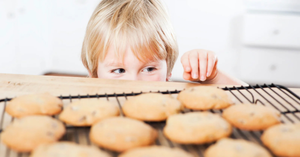
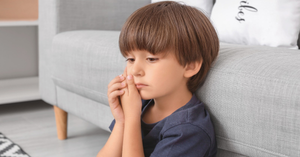
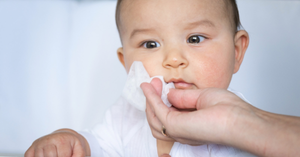
Be the first one to comment on this story.